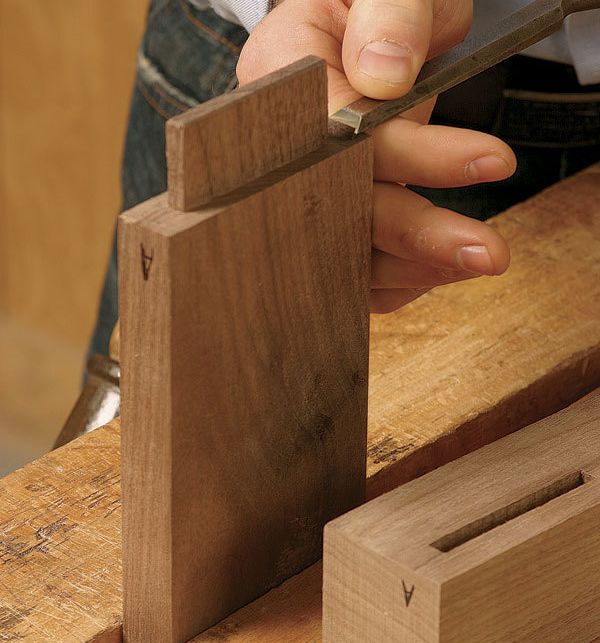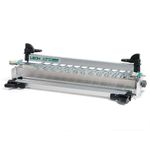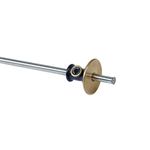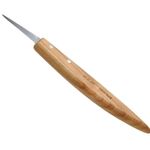All About Mortise and Tenon Joints

Without a doubt, the mortise and tenon joint is used more than any other for woodwork and furniture. There are literally hundreds of variations on the basic joint, but they all work in the same way.
The Basics:
• By hand or machine: Chisels and handsaws or power tools? Time is usually the deciding factor.
• Variations on a theme: Tenons can be through, pinned, wedged, or haunched.
A mortise and tenon joint is a means of joining two pieces of wood at an angle (usually 90°) to each other. A protruding tenon, cut at the end of one piece, fits into a corresponding recess, called a mortise, in the other. This joint is a staple in the construction of chairs, tables, cabinets, frames, doors, windows, and paneling.
Mortise and tenon by hand or machine
Like most traditional joints, the mortise and tenon can be cut by hand. Like dovetails, cutting a clean and tight mortise and tenon by hand is recognized as a sign of skill, since it requires the expert manipulation of a fair range of (traditional) hand tools.

Anatomy of a wedged mortise and tenon joint.
After being carefully laid out, the mortise can be chopped out with a mortise chisel, or the waste can be drilled out first, then cleaned up with mortise and paring chisels.
Usually, the mortise is centered on the thickness of the material and is 1/3 its thickness. It should be set in 1/4 in. to 1/2 in. from the end of the workpiece. This “set-in” prevents the end of the mortise from splitting.
The tenon, cut on the end of the mating piece, should be marked out to the same dimensions as the mortise, but cut a little “fat”, then pared down with a shoulder plane or wide chisel to fit the mortise exactly.
The mortise and tenon joint is also commonly cut by machine.
Variations on a theme
Well-read woodworking author Charles H. Hayward claims in his book Woodwork Joints that the variations on the mortise and tenon joint would number into the hundreds.
I would divide the joint into two basic types: plain and haunched. The plain mortise-and-tenon joint has a tenon set back from the edges of the material. This setback, or ledge, is called a shoulder. The shoulders add strength to the construction and prevent wracking. They also cover up any flaw in the mortise. A mortise and tenon could have one, two, three, or four shoulders. This variation on the joint might be employed when a smaller, narrower member is set into a larger member, surface or panel.
The haunched tenon has a short projection in place of a short end shoulder (a portion of the tenon is cut away). The haunch is often used to cover the end of the plow on frame-and-panel construction. Another reason for the haunch is to add strength and prevent the joint from twisting.
For extra holding power, mortise and tenon joints also can be pinned or wedged.

Pegs driven through offset holes make this drawbored mortise and tenon joint extra strong.
And they can be exposed, as seen in Arts and Crafts-style furniture, or hidden, and used strictly for their utilitarian virtues.
Additional Reading
- 10 Ways to Cut Mortise and Tenon Joinery
- Drawbored Mortise and Tenon
- 3 Steps to Great Mortise and Tenon Glue-Ups
- How to Chop a Mortise by Hand
- How to Cut a Wedged Mortise
- How to Use Fox Wedging
Fine Woodworking Recommended Products

Leigh D4R Pro

Veritas Standard Wheel Marking Gauge

Pfiel Chip Carving Knife























Log in or create an account to post a comment.
Sign up Log in